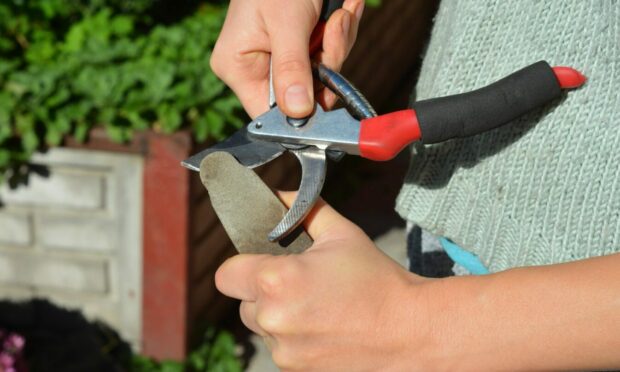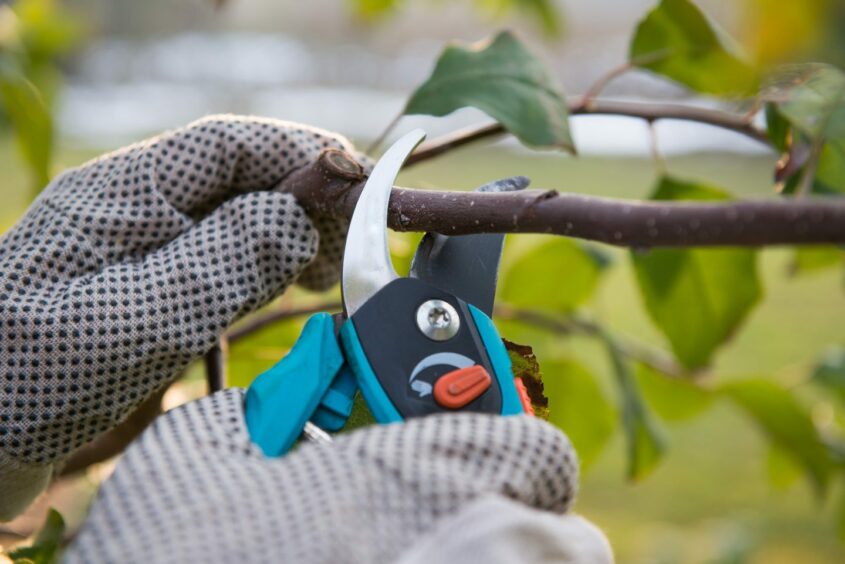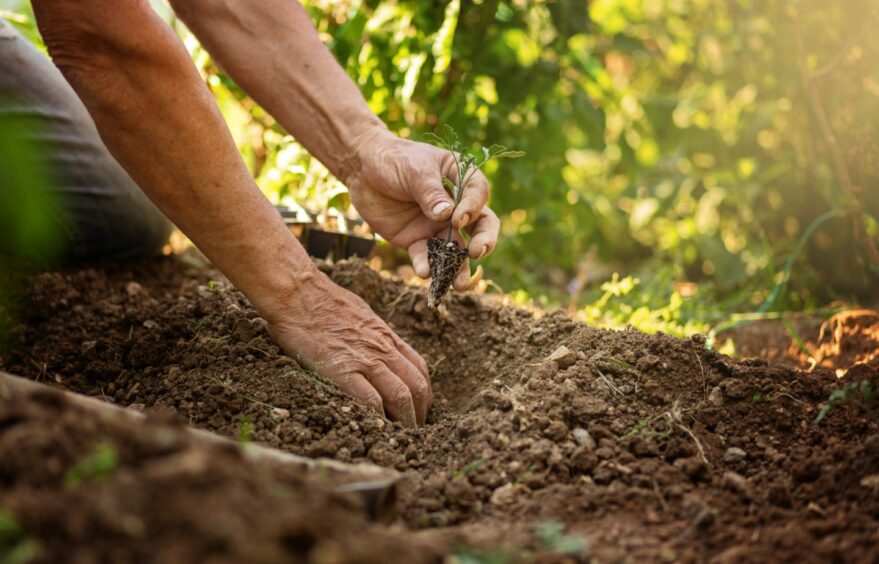I guess I’ve always tried to convince myself to my being the ‘Peter Pan of gardening’, never wishing to grow up or just accept I’m getting older.
I still tell myself and others, quite seriously, that I’m only in my late twenties. But even I can see this tall story isn’t going to wash much longer.
Looking in the mirror there are now flashes of white in the facial stubble and I suppose the turf on top of my head is wearing away ever so slightly at the front. Only just mind!
Stretching helps us all
I’m also at the stage where I now go to bed at night feeling a few aching muscles and tired limbs.
Considering I’ve been gardening nearly every day for 30 years now whilst being a type 1 diabetic and nursing a repaired hernia, I can’t really complain. In fact I still feel quite lucky. I’m sure it could be worse.
For my health I’d say being outdoors and doing an active job has actually helped me over the years, especially with managing my diabetes.
Moving around has helped me burn off calories and kept the sugar levels as constant as they can be.
Tending gardens, growing and nurturing plants, also helps keep my mind relatively at peace.
However, you can never take anything for granted. To help me get through the second half of my working life and beyond, I’ve started to do some stretches at the start and end of the days to strengthen the muscles and keep the joints loose.
I’d recommend this to you all and more so my younger self.
I recall days back in my early twenties how I used to chuckle at one of the more ‘experienced’ members of the team going through a daily exercise routine.
But it looks like Dave was the forward thinker from Forres after all.
Looking after our gardening tools
It seems daft not to carry out maintenance on our bodies considering this is something we pretty much take for granted with our gardening tools.
We look after them, keep them clean, well lubricated and blades sharpened so we get the best from them, making them so much easier to use. They’ll also last us our gardening lifetimes too when they are cared for.
At this time of year it’s the pruning tools such as hand saws, loppers and secateurs that are getting the most use as we carry out key winter tasks.
These include removing dead, diseased material and thinning older branches on our shrubs. Crown lifting lower branches of trees brings more light and freedom to the plants growing underneath them.
Sharp blades on our cuttings tools will slice through wood more smoothly and not bruise or leave raggedy edges on the plant.
When we prune we are looking do to an angled cut just above a node.
Blunt blades chew at the wood and risk damaging these sensitive points new growth will spring from.
The right cut
The downward side of this sloping cut should be on the opposite side to what the node is on.
This encourages water to run off the stem, reducing the risk of rot in the tender new growth.
Ragged edges and tears on the bark will leave cutting wounds that take longer to heal, exposing them to more risk of diseases.
Before making a cut observe the branch you are working on. Support the branch by holding it steady with your hand.
If it’s long and looks heavy, start at the end and work backwards, making a series of cuts so there is less and less weight every time.
Horizontal branches will also benefit from a little undercut on the bottom of the branch to around a fifth of its thickness.
Plant health
Plant health is a major worry these days. Maybe I was just naïve, but I felt when I started all we had to worry about was a bit of whitefly, mealybug and some vine weevil.
Now we have ash dieback and oak processionary moth that are affecting the very existence of these trees on our shores.
Knocking on the door is Xylella fastidious which is now taking a hold in Europe. If it makes it here through infected host plants it will spell major trouble for the likes of Hebe, lavender and rosemary.
To be plant healthy us gardeners can support our own industry by buying and sourcing plants grown in Britain.
Don’t bring plant material back if holidaying abroad. Keep new plants in quarantine observing them for a few weeks for signs of disease before planting out.
Good gardening practises will go a long way too, and every time you are finished with any of your tools, brush the soil from them on site. Then wipe them clean with disinfectant and dry them off with an old towel before applying oil to protect them.
I also have a handy wee 6-in1 blade sharpener that is easily carried with me and can be easily used on all my cutting tools.




Conversation